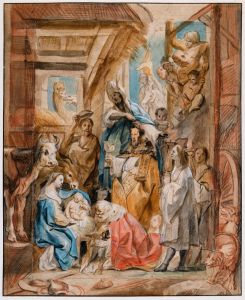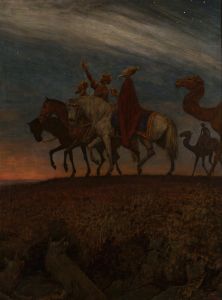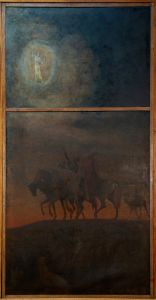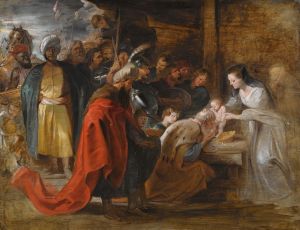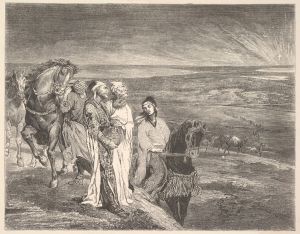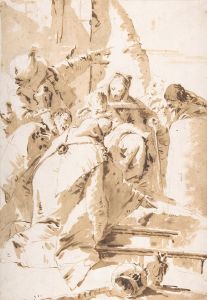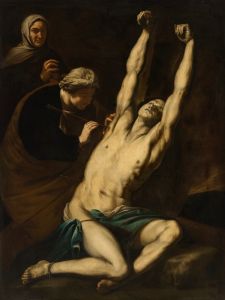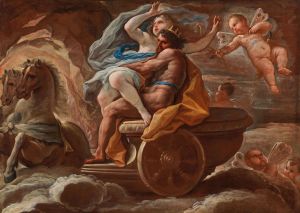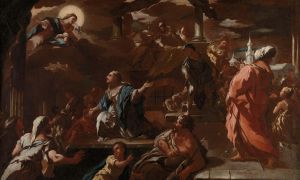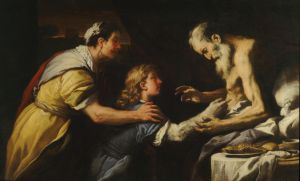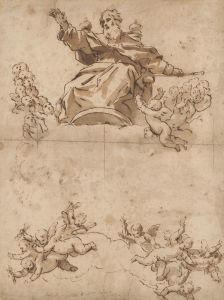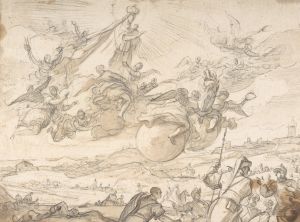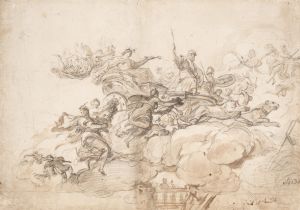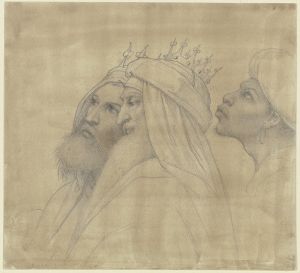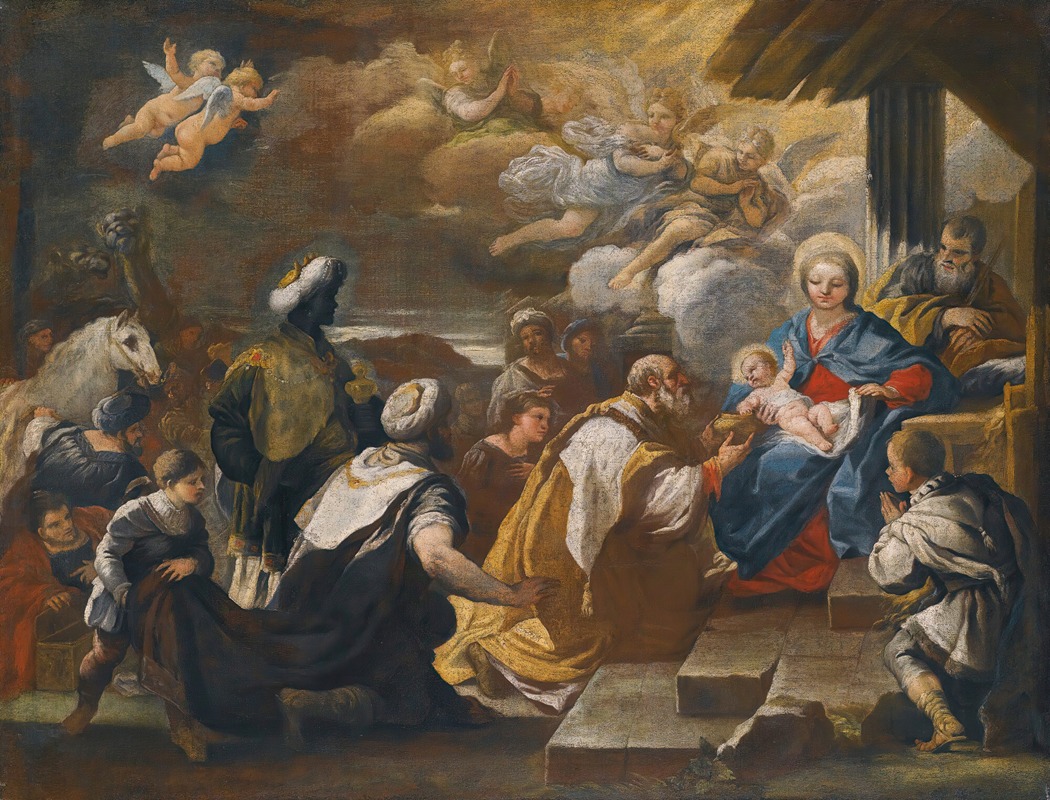
The Adoration Of The Magi
A hand-painted replica of Luca Giordano’s masterpiece The Adoration Of The Magi, meticulously crafted by professional artists to capture the true essence of the original. Each piece is created with museum-quality canvas and rare mineral pigments, carefully painted by experienced artists with delicate brushstrokes and rich, layered colors to perfectly recreate the texture of the original artwork. Unlike machine-printed reproductions, this hand-painted version brings the painting to life, infused with the artist’s emotions and skill in every stroke. Whether for personal collection or home decoration, it instantly elevates the artistic atmosphere of any space.
Luca Giordano, an Italian Baroque painter, created "The Adoration of the Magi," a work that exemplifies his dynamic style and mastery of color and composition. Born in Naples in 1634, Giordano was a prolific artist whose career spanned several decades and included a wide range of subjects, from religious themes to mythological scenes. His ability to work quickly earned him the nickname "Luca Fa Presto" (Luca the Quick).
"The Adoration of the Magi" is a popular subject in Christian art, depicting the biblical scene where the Three Wise Men, or Magi, visit the newborn Jesus, bringing gifts of gold, frankincense, and myrrh. This event is celebrated in the Christian tradition as the Epiphany, marking the revelation of Christ to the Gentiles.
Giordano's interpretation of this scene is notable for its vibrant use of color and dramatic composition, characteristic of the Baroque period. The painting captures the moment with a sense of movement and emotion, drawing the viewer into the narrative. Giordano's skillful use of light and shadow adds depth to the scene, highlighting the figures of the Magi as they present their gifts to the Holy Family.
The composition is typically centered around the figures of Mary and the infant Jesus, with the Magi positioned in a semi-circle around them. Giordano's attention to detail is evident in the rich textures of the fabrics and the expressive faces of the figures, each conveying a sense of reverence and awe. The inclusion of angels and other figures in the background adds to the sense of a divine event unfolding.
Giordano's work was influenced by his travels and studies in various artistic centers, including Venice and Rome, where he absorbed the techniques of masters like Titian and Pietro da Cortona. His ability to synthesize these influences into his unique style made him one of the leading painters of his time.
"The Adoration of the Magi" by Luca Giordano is housed in several collections, as he painted multiple versions of this theme throughout his career. Each version reflects his evolving style and the demands of his patrons, who often commissioned works for churches and private collections. His paintings are celebrated for their dynamic compositions and the emotional intensity he brought to religious subjects.
Giordano's contribution to Baroque art extends beyond his paintings; he was also a skilled fresco artist, leaving behind a legacy of works that continue to be studied and admired for their technical brilliance and artistic innovation. His ability to convey complex narratives with clarity and emotion has secured his place as a significant figure in the history of art.
In summary, "The Adoration of the Magi" by Luca Giordano is a testament to the artist's skill and creativity, capturing a pivotal moment in Christian iconography with the drama and vitality characteristic of the Baroque era. His work remains an important part of art historical studies, offering insight into the religious and cultural contexts of his time.





